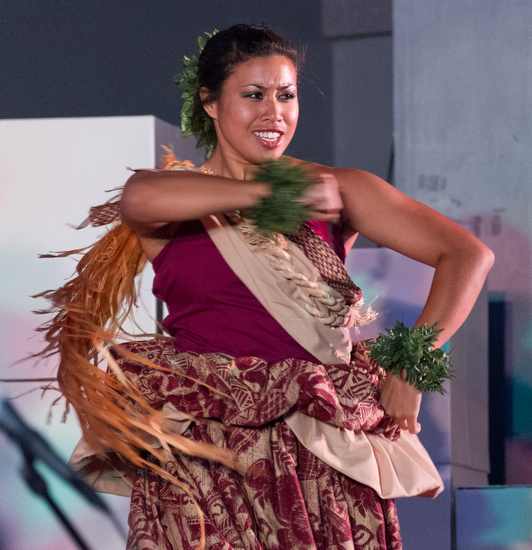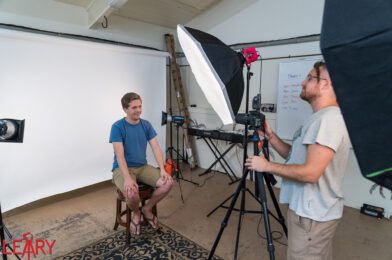Many folks think all the action at a concert is happening on the stage. While this is why everyone most likely came the fringes are where I often find some of the real gems.
When you hire your photographer, review their work and look for someone who has images that show they are shooting all that is happening and not just the main stage.
 |
| Nikon D3, 14-24mm, ISO 6400, f/2.8, 1/15 |
While you may think this is the photo I was talking about actually this is just the beginning.
Get there early and capture the people gathering and getting to know each other in the audience.
 |
| Nikon D3, 14-24mm, ISO 320, f/2.8, 1/500 |
 |
| Nikon D3, 14-24mm, ISO 560, f/2.8, 1/500 |
 |
| Nikon D3, 14-24mm, ISO 6400, f/2.8, 1/160 |
I like shooting the fringes. The advantage of looking for these shots is you are not always down front getting the images on the stage. So when some of the action happened in the middle of the room I was ready.
 |
| Nikon D3S, 28-300mm, ISO 12,800, f/5.6, 1/400 |
 |
| Nikon D3S, 28-300mm, ISO 12,800, f/5.6, 1/125 |
I actually lucked up and caught someone taking a flash photo and that helped complete the lower photograph. Nice moment of the performer with the fire and then you can see clearly the audience.
Now don’t stop shooting the stage, just don’t shoot only the stage.
 |
| Nikon D3S, 28-300mm, ISO 4,000, f/5.6, 1/100 |
 |
| Nikon D3S, 28-300mm, ISO 12,800, f/5.6, 1/160 |
 |
| Nikon D3S, 28-300mm, ISO 12,800, f/5.6, 1/200 |
 |
| Nikon D3S, 28-300mm, ISO 12,800, f/5.6, 1/60 |




























